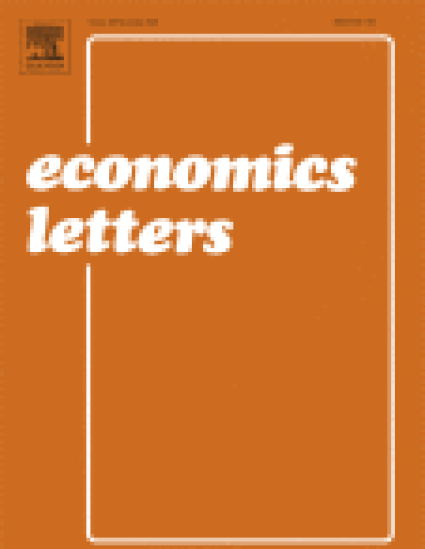
There is a widely held presumption among criminologists that the certainty of punishment p" role="presentation" style="box-sizing: border-box; margin: 0px; padding: 0px; display: inline-block; line-height: normal; font-size: 14.4px; font-size-adjust: none; word-spacing: normal; overflow-wrap: normal; white-space: nowrap; float: none; direction: ltr; max-width: none; max-height: none; min-width: 0px; min-height: 0px; border: 0px; position: relative;"> is a greater deterrent than the severity of punishment (s)" role="presentation" style="box-sizing: border-box; margin: 0px; padding: 0px; display: inline-block; line-height: normal; font-size: 14.4px; font-size-adjust: none; word-spacing: normal; overflow-wrap: normal; white-space: nowrap; float: none; direction: ltr; max-width: none; max-height: none; min-width: 0px; min-height: 0px; border: 0px; position: relative;">. This presumption is at odds with recent experimental work as well as the implications of simple law enforcement models. This article shows that when offenses may be committed repeatedly, p" role="presentation" style="box-sizing: border-box; margin: 0px; padding: 0px; display: inline-block; line-height: normal; font-size: 14.4px; font-size-adjust: none; word-spacing: normal; overflow-wrap: normal; white-space: nowrap; float: none; direction: ltr; max-width: none; max-height: none; min-width: 0px; min-height: 0px; border: 0px; position: relative;"> may have a greater deterrent effect than s" role="presentation" style="box-sizing: border-box; margin: 0px; padding: 0px; display: inline-block; line-height: normal; font-size: 14.4px; font-size-adjust: none; word-spacing: normal; overflow-wrap: normal; white-space: nowrap; float: none; direction: ltr; max-width: none; max-height: none; min-width: 0px; min-height: 0px; border: 0px; position: relative;">, even when each individual offender is more responsive to s" role="presentation" style="box-sizing: border-box; margin: 0px; padding: 0px; display: inline-block; line-height: normal; font-size: 14.4px; font-size-adjust: none; word-spacing: normal; overflow-wrap: normal; white-space: nowrap; float: none; direction: ltr; max-width: none; max-height: none; min-width: 0px; min-height: 0px; border: 0px; position: relative;">than p" role="presentation" style="box-sizing: border-box; margin: 0px; padding: 0px; display: inline-block; line-height: normal; font-size: 14.4px; font-size-adjust: none; word-spacing: normal; overflow-wrap: normal; white-space: nowrap; float: none; direction: ltr; max-width: none; max-height: none; min-width: 0px; min-height: 0px; border: 0px; position: relative;">. This resolves the discrepancy between experimental results and the common belief held among criminologists.
Available at: http://works.bepress.com/mungan/88/
